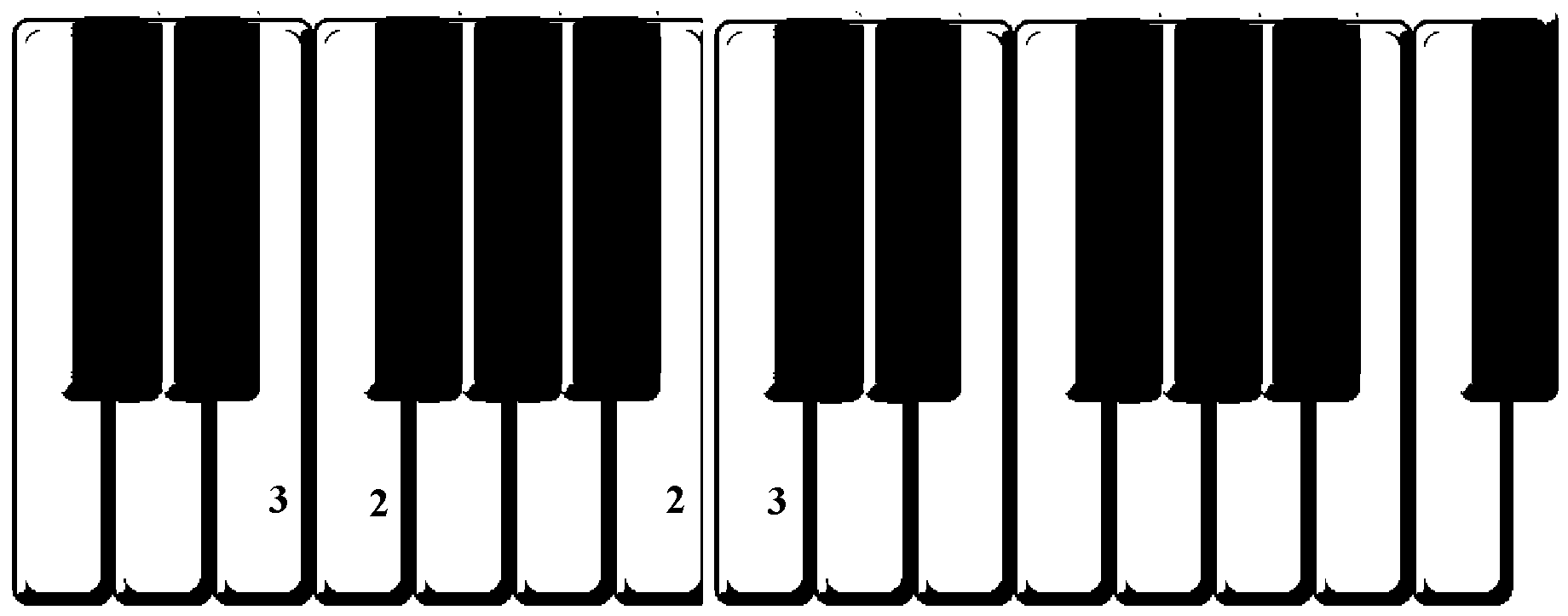Improvisation for Piano Beginners
Presented with a bare canvas, it can be difficult for the beginner to know where to start. As the piano is a harmonic instrument, it seems logical for the player to use a chordal approach. With imagination, it is possible to produce musically satisfying improvisations with very limited harmonic resources. As Laura Campbell points out in the preface to her excellent book, Sketches for Improvisation, ”Simplicity is important, especially at first, because successful improvisation depends on its effectiveness from the beginning, not on its technical ease or difficulty. Preoccupation with technique tends to be self-centred rather than music-centred: have the courage to experiment with simple resources.” She goes on to demonstrate how to draw the musical implications from just one chord, before extending the approach to two and then three chords, etc..
If we start tuition with a creative approach, it is a very natural thing for the beginner to explore the simple musical resources to which they are exposed in the early stages. In a first piano lesson, there is an awful lot of ‘telling’ to cover and, half-way through, I like to ‘take time out’ with this little exercise:
1.Find the group of three black notes, just left of the middle of the keyboard.
2. Place the 2nd finger of each hand over the outer notes and slide them outwards to the adjacent white notes. 2nd and 3rd fingers of each hand should now be covering adjacent white notes.
3. Hold down the 2nd finger keys in each hand and hold for a count of four. Change to 3rd finger keys and hold these for a count of four.
4. Continue to alternate 2nd and 3rd fingers in this way.

This is a bit long-winded to write down but it is easy to remember once it has been demonstrated. The beginner does not need to know the names of the notes being played, but teachers will be aware that these two pairs of notes outline the chord progression G7-C. The beginner will experience the tension and resolution of these harmonies and find them satisfying to play. Over this ‘accompaniment’, I play the melody of the Jamaican song Mango Walk, also known as Jamaican Rhumba.
The last time I introduced this activity to an adult beginner, she exclaimed, “Oh, I like this! I feel as though I’m playing proper music already! The fun is only just beginning, though, because between the first and second lessons the pupil can create their own music by alternating these two ‘chords’, either playing both 2nd or 3rd fingers simultaneously or breaking them up. All sorts of combinations are possible. In addition to getting the feel of the keyboard and practising playing fingers independently, the pupil is learning one of the most basic prerequisites for improvisation: an appreciation of phrase/bar length and also the rate of harmonic change. And all of this before they have learnt to read a note of music!
Here is another improvisatory idea for the very early stages that combines practice of very basic techniques with satisfying musical exploration:
1. Cup the right hand and turn it over, keeping the cupped shape.
2. Position the hand on the keyboard, with the thumb on ‘Middle C’.
3. Space out the fingers so that they cover five adjacent notes.
4. Similarly, cup the left hand and place it with the little finger on the C below ‘Middle C’
5. Play little finger and thumb, simultaneously in the left hand.
6. Having got the feel of this open fifth in the left hand, make up ‘5-finger tunes’ in the right hand. Play slowly and listen to the effect of different R.H. notes played against the open fifth.
After experimenting in ‘C Position’, try covering any five notes in the right hand and the corresponding fifth, an octave lower, in the left hand. The musical effect obtained by playing the same fingers in different positions will be very different. It can be an absorbing activity to explore how different rhythms and sequences of fingers suit different 5-finger positions.
What one is doing here is exploring various tonalities. Starting on C, F or G gives the first five notes of a major scale. D and A are starting notes used in all forms of minor scales, E is Phrygian mode, while B starts the, very strange-sounding, Locrian mode. So, this is a very useful listening exercise at any stage, yet perfectly accessible to the absolute beginner!
If one ‘mis-matches’ left and right hands in the above exercise, we will be exploring territory very familiar to jazz improvisers
©2010 Audrey Podmore.